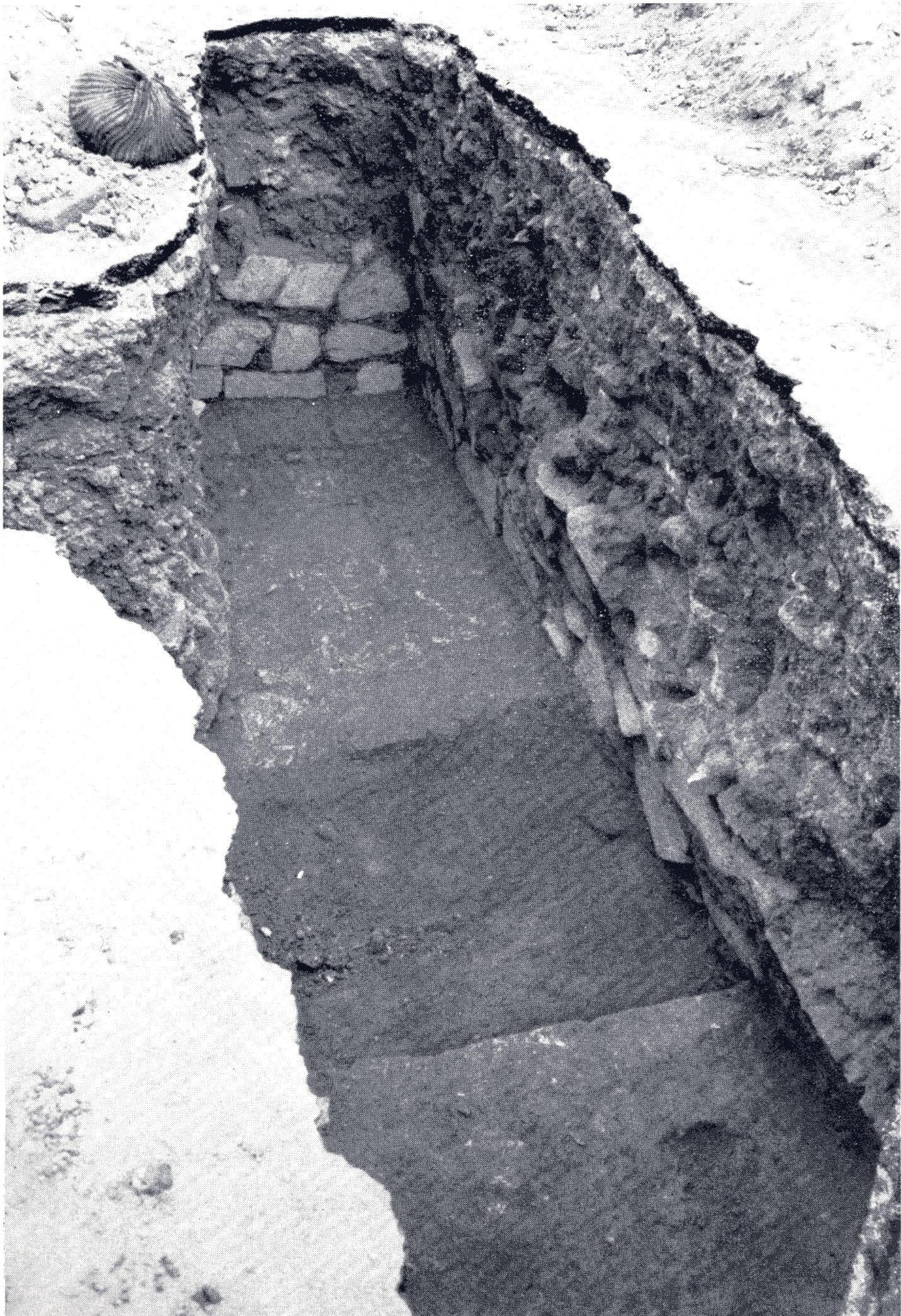Jalal-i Munajjim wrote after the 1602 commercial redevelopment, but still whilst several of Abbas’ building projects were underway[1]. His account is considered “valuable for understanding the sequence” of the construction not only due to its contemporaneity but also because the author provides a “wealth of detail not found elsewhere”[2]. Jalal-i Munajjim noted the initial phase of maydan construction[3]. Then, for 1602/3, he records that:
“In this year certain construction projects were completed, the like of which had never been built since the day of creation … Among these was a maydan at the entrance to the palace and around it a great canal lined with lindens and willows. For the relaxing stroller, there is a public pathway and places to sit side by side and facing each other”[4].
Isfahan was ostensibly selected as the capital city due to its special paradisial qualities[5], and the second incarnation of Abbas’ maydan reinforced the paradise analogy with trees for shade, and flowing water, and places to recline.
Jalal-i Munajjim is clear, however, that the second phase of construction was commercial in intent, adding that:
“Outside [the shaded canal and walkway], there is a two-sided bazaar with spacious shops and a lofty roof … At the propitious time and the felicitous hour, that is to say on the Thursday 27 Jumada II 1011 [12 Dec 1602], the market folk moved from the old maydan and came to this locale”[6].
[1] Munajjim’s annalistic biography of Shah Abbas ended in 1611.
[2] Robert McChesney, “Four Sources,” 105.
[3] Yazdi sets this in 1591/2 Robert McChesney, “Four Sources,” p108.
[4] Robert McChesney, “Four Sources,” 109.
[5] Robert McChesney, “Four Sources,” 110.
[6] Robert McChesney, “Four Sources,” 109.
